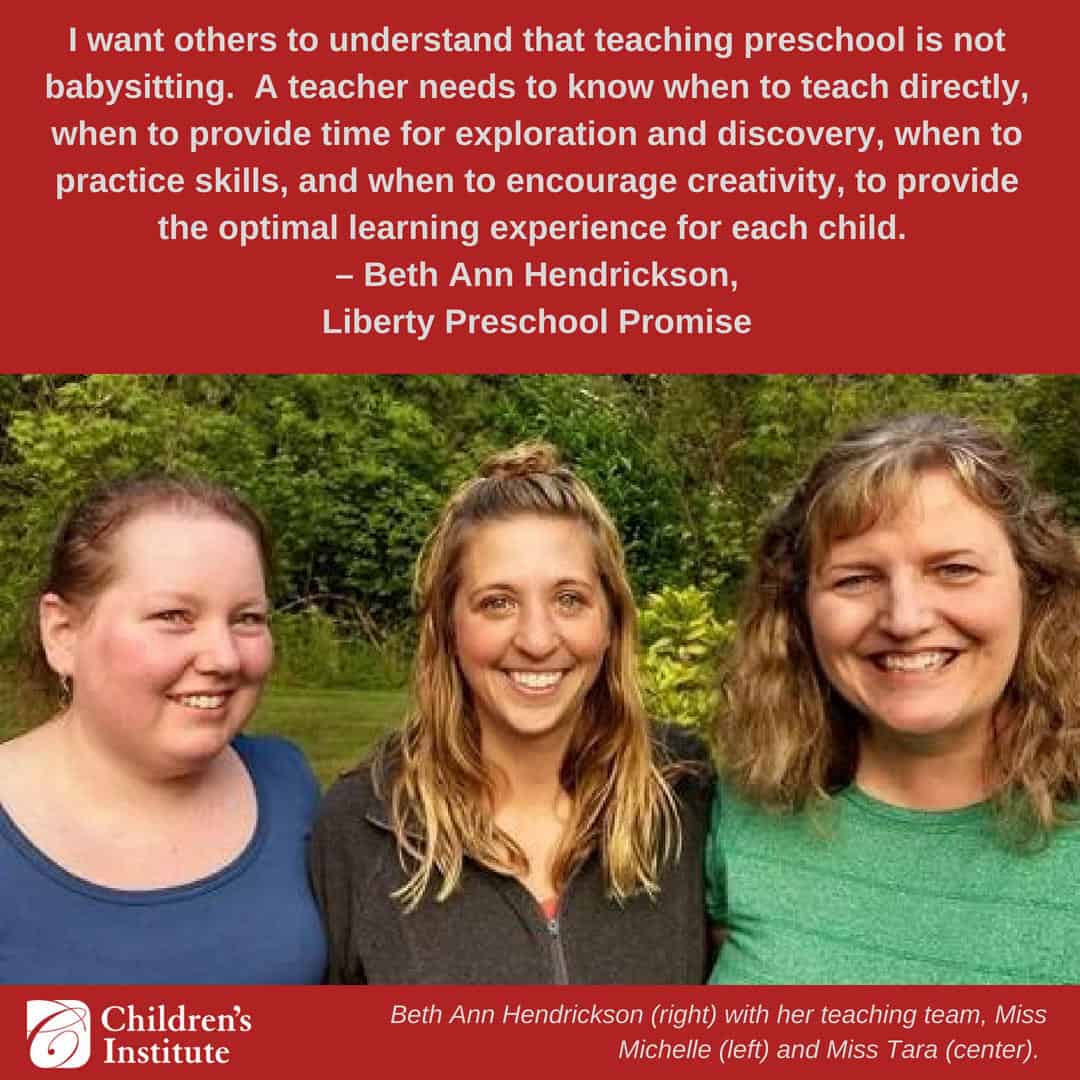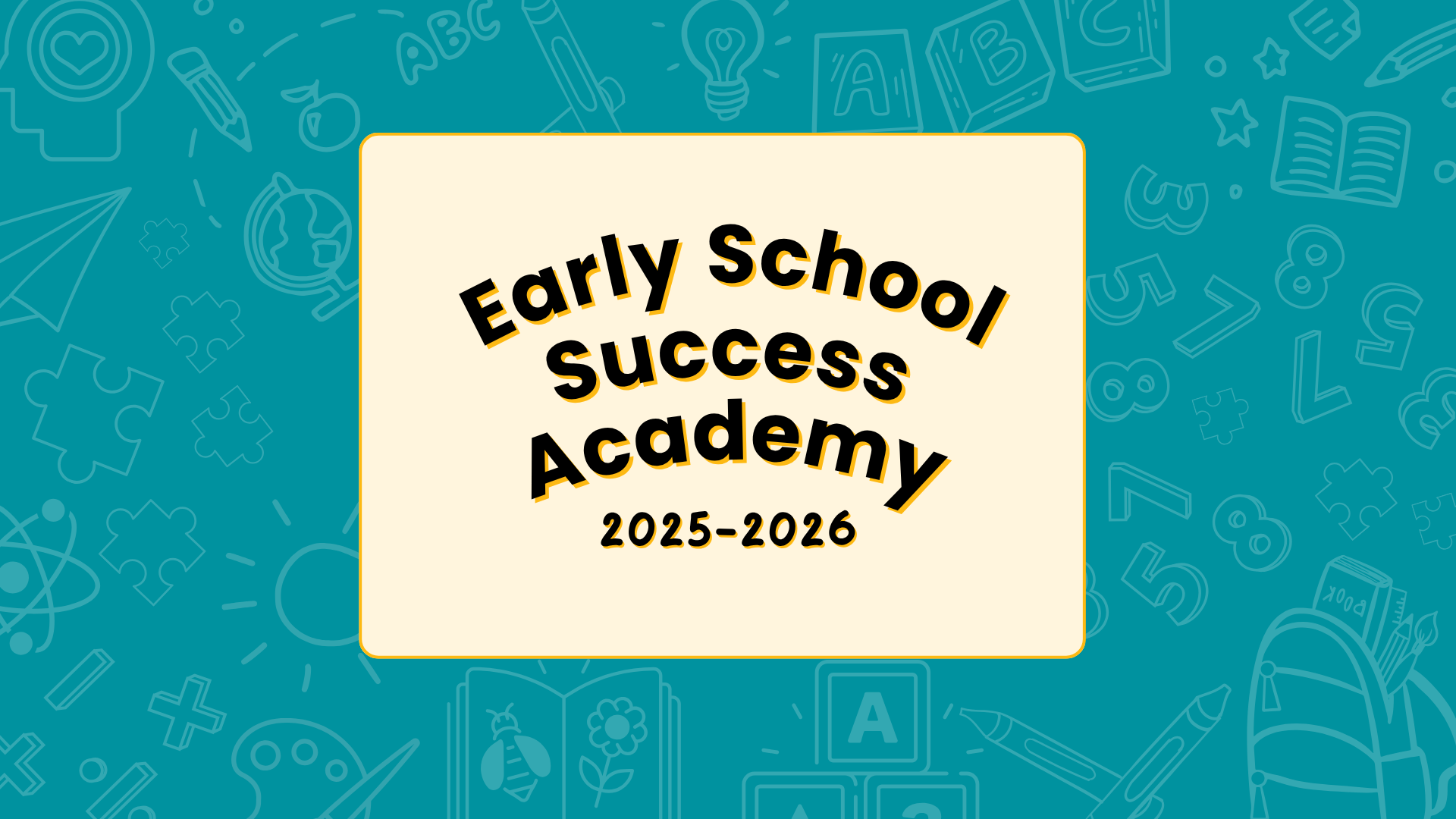
Beth Ann Hendrickson Shares Her Life-Long Passion for Teaching
Why do you teach preschool?
For me teaching preschool is such a rewarding and awesome experience! I enjoy being with children. I especially like learning with them and from them. Children love to learn! They absorb their environment with all their senses, letting their imaginations flow and their curious natures take over. There isn’t a dull moment in our classroom; sometimes it’s a moment of discovery, or laughter, or even tears; each of these times is special. This is a time in the lives of children when they often say exactly what is on their minds. Most of them haven’t learned to stop and think before they say things. For the most part, being embarrassed is not even a part of their world. This results in the most delightful conversations. I leave school each day with memories that will last a lifetime.
What is one thing about your job you wish people knew?
Can you describe a learning experience you’ve had that has impacted your teaching?
Another important moment for me as a teacher occurred during a listening/following directions activity. Three girls were working on the activity, which asked them to draw a bird under a tree. Two of them held up their completed pictures of a tree with a little bird under the branches and quickly scampered off to play. I then focused on the third young lady, who had been diagnosed with autism spectrum disorder. I watched her meticulously draw a beautiful bird with every detail imaginable, and then proceed to draw an equally fabulous tree right on top of the bird, completely covering it. I was astounded and asked her to describe her picture. She looked at me with an equally astounded look, held up her picture, and said, “This is a picture of a bird under a tree.” It took me a moment, but then realized that she was indeed following my instructions; however, she was thinking differently than most children. She was layering the tree on top of the bird, so the bird was indeed under the tree. She has taught me to “think out of the box.” This isn’t the first time this has happened in my teaching career, but it’s a wonderful reminder to think beyond what is accepted as the “norm.” I have since learned that I have to think carefully about how my instructions can be interpreted and carried out and not to make snap assessments when I see the results. I now pause and take a moment before responding to most anything.

